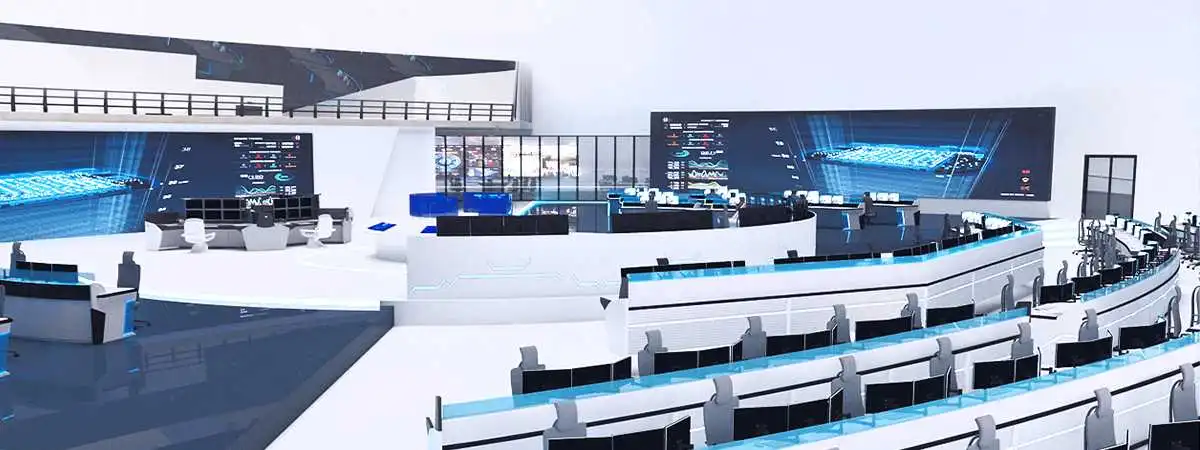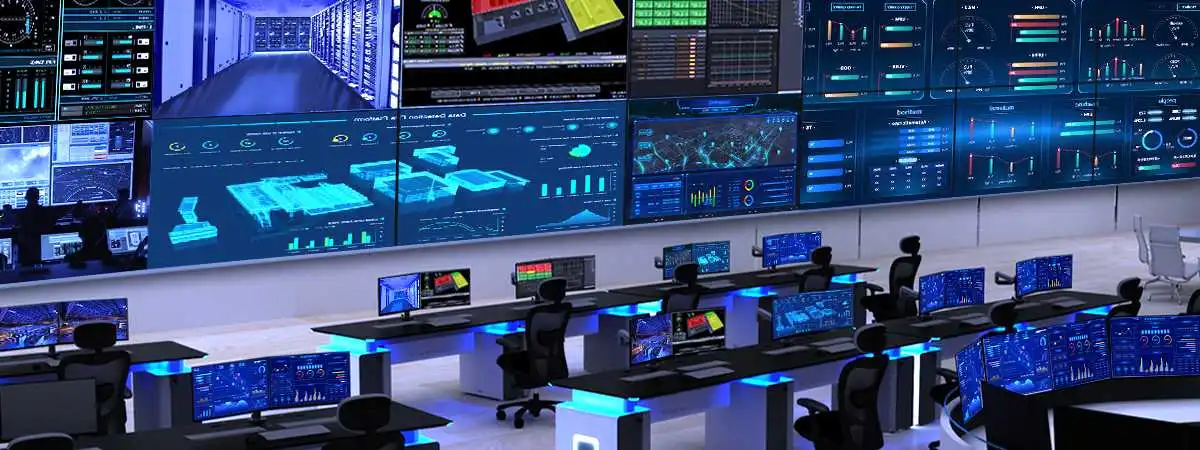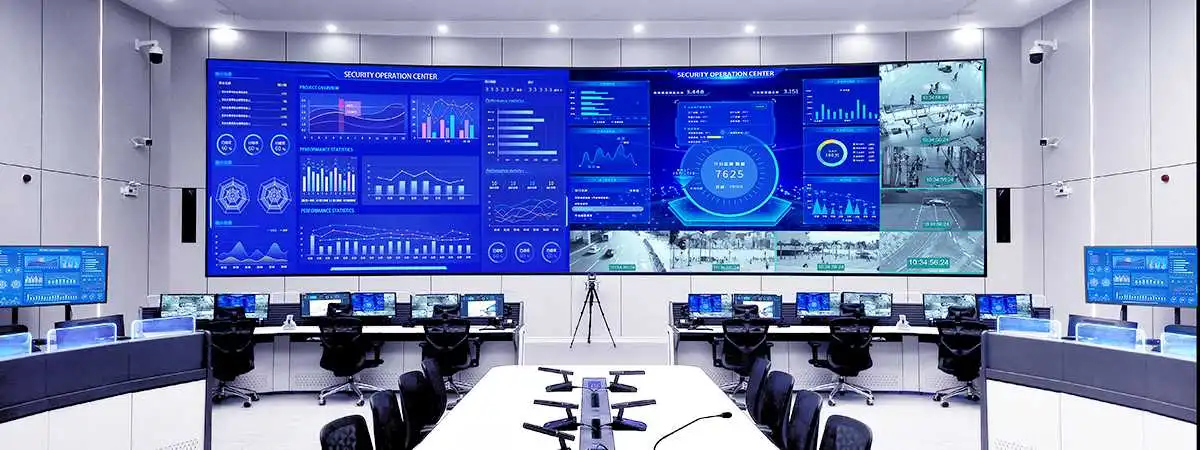What Is a Remote KVM Switch and What Is It Used For?
Remote KVM switches, also known as remote keyboard, video, and mouse switches, are devices used in data centers, server rooms, and other IT environments to enable remote management and control of servers and other computing devices. In this article, we will take a closer look at what a remote KVM switch is and how it is used.
What is a Remote KVM Switch?
A remote KVM switch is a hardware device that allows you to control multiple servers or computing devices from a single console located remotely. This console can be located in a different room or even in a different country, as long as it has access to the same network as the servers or devices being managed. The remote KVM switch acts as a central control point for these servers and devices, allowing administrators to perform tasks such as configuring the hardware, installing software, and troubleshooting problems, all from a single location.
How Does a Remote KVM Switch Work?
A remote KVM switch connects to each server or computing device via a cable, typically a Cat5 or Cat6 Ethernet cable. The switch then connects to the remote console via another Ethernet cable or over the internet. Once connected, the switch allows administrators to switch between servers and devices using a keyboard shortcut or by clicking a button on the switch's interface.
Some remote KVM switches also offer additional features, such as virtual media support, which allows administrators to install software or perform other tasks by mounting a virtual CD-ROM or DVD-ROM image from their local computer. Other features may include support for multiple user accounts, SNMP monitoring, and integration with other management tools such as IPMI or iLO.
What is a Remote KVM Switch Used For?
Remote KVM switches are used in a variety of applications, but they are particularly useful in data centers and server rooms where many servers need to be managed from a single location. They allow administrators to quickly and easily switch between servers and devices, and perform tasks without the need to physically move from one server to another.
Remote KVM switches can also be used in other environments where remote management and control of computing devices is required. For example, they can be used to manage workstations or servers located in branch offices or remote locations. This can be particularly useful for organizations with a distributed workforce, as it allows IT staff to manage these devices without the need for travel.
Benefits of Using a Remote KVM Switch
There are many benefits to using a remote KVM switch in your data center or IT environment, including:
Increased Efficiency: By enabling remote management and control of servers and devices, administrators can perform tasks more quickly and efficiently, without the need to physically move from one device to another.
Improved Security: By using a remote KVM switch, administrators can limit physical access to servers and devices, which can help improve security and reduce the risk of unauthorized access or tampering.
Reduced Downtime: By allowing administrators to quickly troubleshoot and resolve problems, remote KVM switches can help reduce downtime and improve overall system availability.
Cost Savings: By reducing the need for travel and physical access to servers and devices, remote KVM switches can help reduce costs associated with IT management.
Flexibility: Remote KVM switches can be used in a variety of environments and can be customized to meet the specific needs of your organization.








 EN
EN
 th
th  ru
ru  es
es 



